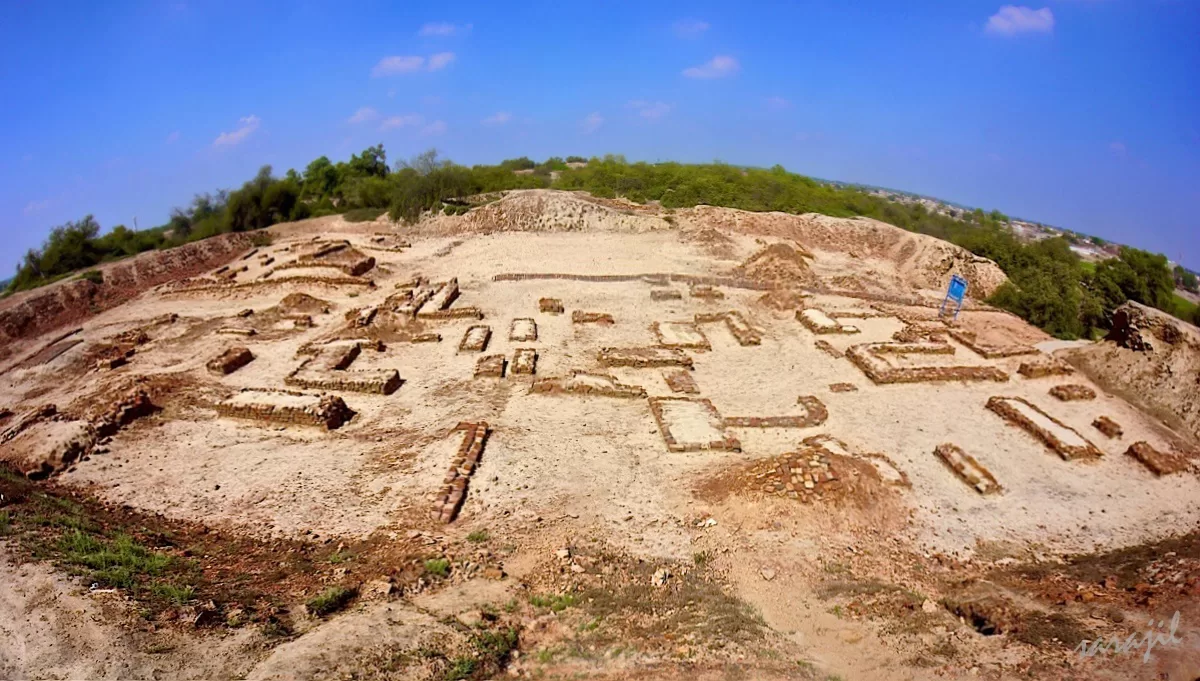Originally published in The Archaeologist
The genetic and linguistic tapestry of the Indian subcontinent is remarkably complex, consisting of a rich mosaic of ancestries and languages that have evolved over thousands of years. Among these, the Dravidian languages, spoken by millions in the southern and central parts of India, present a fascinating case of linguistic and genetic continuity that spans several millennia.
ORIGINS OF DRAVIDIAN LANGUAGE SPEAKERS
Recent research has unveiled a novel ancestral component in tribes speaking Dravidian languages, particularly identified in the Koraga tribe. This component, distinct from the well-documented Ancestral North Indian (ANI) and Ancestral South Indian (ASI) ancestries, suggests a basal Middle Eastern origin. The Koraga, an indigenous tribe from the southwestern coast of India, demonstrate a unique genetic signature that aligns with the Dravidian languages they speak.
CONNECTION TO THE INDUS VALLEY CIVILIZATION
The discovery of this ancestral component has significant implications for our understanding of the Indus Valley Civilization, one of the world’s earliest urban cultures that flourished along the basins of the Indus River. The genetic lineage underpinning Dravidian speakers appears to have diverged around the dawn of the Indus Valley Civilization, which suggests a deep-rooted connection between this ancient civilization and modern Dravidian languages.

The study indicates that this Proto-Dravidian ancestry emerged around 4,400 years ago, possibly originating from the region between the Iranian plateau and the Indus Valley. This timeline and location suggest that the Dravidian languages may have originated in the Indus Valley itself before spreading southwards across the Indian subcontinent.
GENETIC EVIDENCE AND LINGUISTIC CORRELATIONS
The genetic makeup of the Koraga tribe and its correlation with their linguistic characteristics offer compelling evidence of a continuous cultural and genetic lineage. Advanced genomic analyses, including SNP genotyping and admixture modeling, have shown that the Koraga people not only retain a significant portion of this ancient Dravidian ancestry but also exhibit clear genetic distinctions from neighboring populations.
Between Archeology and the Public in Pakistan – Invisiblites
These findings are supported by linguistic studies, which trace the Dravidian languages back to a common ancestral language that might have been spoken by the early inhabitants of the Indus Valley. This ancestral language, Proto-Dravidian, appears to have diversified into various regional languages that are still spoken today across southern India.
IMPLICATIONS FOR HISTORICAL LINGUISTICS AND ARCHAEOGENETICS
The convergence of genetic and linguistic evidence points to the Indus Valley region as a significant cultural and linguistic hub in ancient South Asia. This research not only helps in understanding the genetic origins of the Dravidian languages but also provides insights into the migration patterns and social structures of one of the world’s earliest civilizations.
The elucidation of a 4,400-year-old ancestral component specific to Dravidian-speaking tribes enhances our understanding of the prehistoric demography of South Asia and the intricate web of human migrations that shaped the subcontinent’s history. Moreover, it emphasizes the need for integrated studies that combine genetics, archaeology, and linguistics to reconstruct the complex puzzle of human history.
The article originally appeared in The Archaeologist and has been republished here after their kind permission.
Photo credit: Wikimedia Commons
